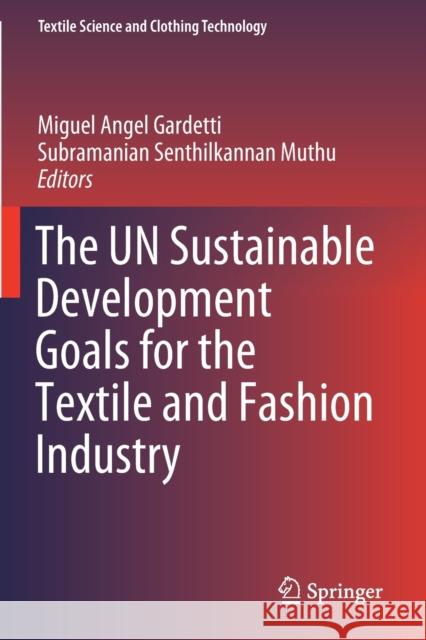The Un Sustainable Development Goals for the Textile and Fashion Industry » książka
topmenu
The Un Sustainable Development Goals for the Textile and Fashion Industry
ISBN-13: 9789811387890 / Angielski / Miękka / 2020 / 75 str.
The Un Sustainable Development Goals for the Textile and Fashion Industry
ISBN-13: 9789811387890 / Angielski / Miękka / 2020 / 75 str.
cena 282,42 zł
(netto: 268,97 VAT: 5%)
Najniższa cena z 30 dni: 269,85 zł
(netto: 268,97 VAT: 5%)
Najniższa cena z 30 dni: 269,85 zł
Termin realizacji zamówienia:
ok. 22 dni roboczych
Bez gwarancji dostawy przed świętami
ok. 22 dni roboczych
Bez gwarancji dostawy przed świętami
Darmowa dostawa!
Kategorie BISAC:
Wydawca:
Springer
Seria wydawnicza:
Język:
Angielski
ISBN-13:
9789811387890
Rok wydania:
2020
Wydanie:
2020
Numer serii:
000607006
Ilość stron:
75
Waga:
0.13 kg
Wymiary:
23.39 x 15.6 x 0.43
Oprawa:
Miękka
Wolumenów:
01
Dodatkowe informacje:
Wydanie ilustrowane











